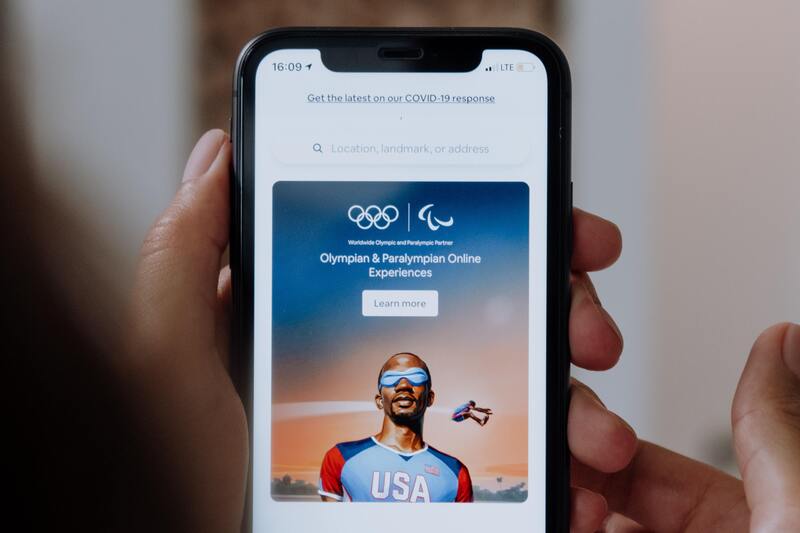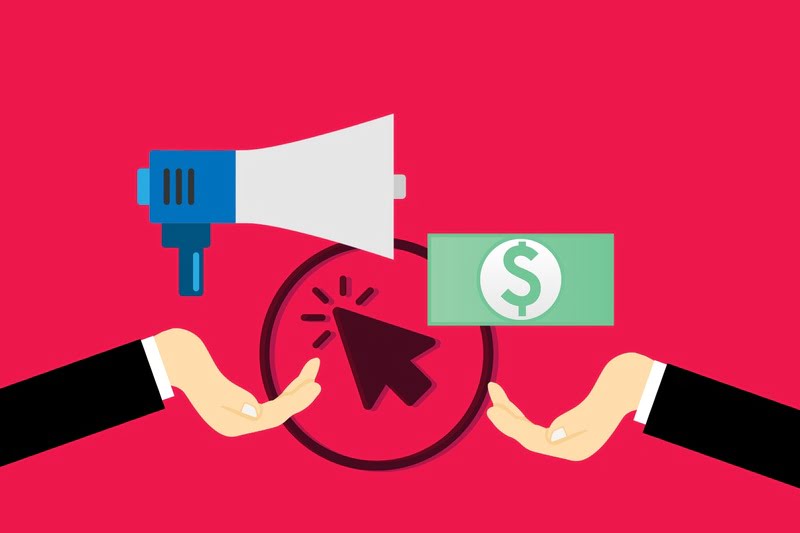As much as most of us prefer video content, more and more people are consuming written blog content. For this reason, blogging is still one of the most lucrative online ventures.
If you intend to start a blog to make a living, there are four main ways to do this. I’ve used these methods for my blogs, so I’ll break down what each entails—their earning potential depends on the content you cover.
1. Affiliate Marketing

Affiliate marketing simply means you mention or promote a product or service on your blog, a reader buys it through your link, and you receive a percentage of the total sale once the buyer makes a payment. It’s the fastest way to start making money on your blog, even if you have a small audience.
For example, if you read this Oraimo Bluetooth Speaker review, you’ll notice a few links to the website that sells the speaker. If you click that link and the item costs KES 8,000, I’ll receive an 8 percent commission, which should be KES 640 per referral.
If 100 of my readers purchase the item through my link, I should walk away with KES 64,000. Scale that up, and it’s good money.
The example I gave is just for demonstration—there are some programs where you can make tens of thousands of shillings per referral. It all depends on the kind of products you’ll be dealing with on your blog.
The good thing about affiliate marketing is that even if you get one reader and you manage to convince them to make a purchase, you’ll make money! You don’t need thousands of readers to be successful.
Available affiliate marketing programs may vary depending on your location, but here are some recommendations to help you get started (I participate in all of them):
- Jumia KOL
- Impact.com (Network offering thousands of affiliate programs from different brands)
- Amazon Associates
2. Display Advertising

Display advertising is the oldest and easiest way of monetizing a blog, even for beginners. Display ads are image or video banners that show up in between blog articles. An ad network serves them, and you earn per click or 1,000 views or a mixture of both.
However, there may be certain criteria that your blog has to meet for an ad network to start serving ads on it. It could be monthly traffic, the number of articles, and the overall quality of your blog.
The are many ad networks out there—some better than others, but I’ll only talk about the two that I’m currently using.
Google Adsense was the first ever ad network I used, and it’s pretty easy to join. For instance, one of my blogs got accepted into Adsense within a few hours—I had just six articles published. They were of a decent quality, I suppose.
I started serving ads on my blog on the very first day of making an application. The only problem I have with Adsense is the measly earnings you’ll get relative to the traffic you receive. But it’s better than nothing, I guess.
I’ve also used Ezoic, which has much better earnings, but it comes at the cost of your site’s performance. I care more about my readers’ experience and I decided to remove these ads altogether.
However, there are many success stories out there in regard to Ezoic, so I’d highly recommend joining them over Google Adsense. If you’re patient enough and work with Ezoic staff, you can do much better than I did in terms of performance.
Feel free to get started with these two networks. There are better ones out there, but they have higher traffic and quality thresholds. Some of them are Mediavine and Adthrive—I’m working hard towards qualifying for these at the moment.
Mediavine also has a new advertising network called Journey. It’s basically Mediavine with a lower threshold of entry. You’ll need just 10,000 monthly sessions on your blog to get in—sometimes even less. I’m also waiting on this one.
3. Direct Advertising

This could be a real cash cow but it needs you to be pulling in lots of traffic to your blog. I haven’t reached this level yet but I’ve managed direct advertising on one of my client’s websites.
You’ll have to put in a little bit more work besides having good traffic to get started with direct advertising. You must create banner ads on spaces you want to sell on your blogs, stating clearly that the space is available.
On the banner, link interested parties to a page where you clearly explain how much you charge per month to show ads on that given space. On this page, disclose your traffic numbers and the key demographics that read your blog.
Be clear about pricing; don’t be afraid to put your rates out there. You’ll save time on negotiations by attracting only buyers who are willing to meet your price.
If you choose to take the direct advertising approach in this manner, make sure you invest in a plugin like Advanced Ads to track ad performance data for yourself and your client.
Alternatively, you can use advertising networks like BuySellAds which will automatically match you up with buyers who need direct advertising space. You’ll do minimal work once your site is approved, but they’ll take a small percentage of your earnings.
Direct advertising isn’t something you need to bother with as a small blogger; go for it once your blog is big enough. Some brands may even start approaching you with direct advertising offers when the time comes.
4. Sponsored Links and Guest Posts

I don’t often recommend these to most people for good reasons, but they may work well for some. Sponsored links are an agreement between a brand and a publisher to write articles and add links to the brand at a fixed fee.
For example, a brand like BlueBand will approach a publisher like Kenyan Radar to write a blog post about how good their margarine is for kids. I, as BrianAbuga.com, will negotiate a price for the gig and write the post with links to drive a portion of my traffic to BlueBand’s website.
The price I set will depend on my blog’s authority and the number of readers I have per month. The higher the numbers, the more I’ll charge for the sponsored post.
Guest posts follow a similar principle, but their sole goal is to help other websites build authority by getting mentioned on authoritative blogs. Unlike sponsored posts, it may not be obvious to the reader that a guest post has been paid for.
For this reason, there may be some ethical concerns when it comes to guest posting, but the practice is more widely accepted among the blogging community than it’s shunned.
I’ve accepted a few guest posts in the past, but I don’t do it anymore. If you see no problem with guest posts, go for them. As for the sponsored posts, I’ve only done two, but I was able to make good money for each on one of my small blogs.
Blogging Can Be Profitable
Depending on your blog’s niche, one or a mix of these blog monetization methods may work for you. I find affiliate marketing to be the most lucrative because of the ability to earn even with minimal traffic.
Direct advertising is great, too, as it makes income predictable, but it has a high barrier to entry. Using display ads is the most passive of these blog income-generating approaches but is unpredictable and may fail to make lots of money unless you have good traffic.
My recommendation—focus more on churning out great content if you’re just starting and maybe monetise at 50-100 blog posts. You can also start a YouTube channel to support your blog if your content is also doable as videos.


